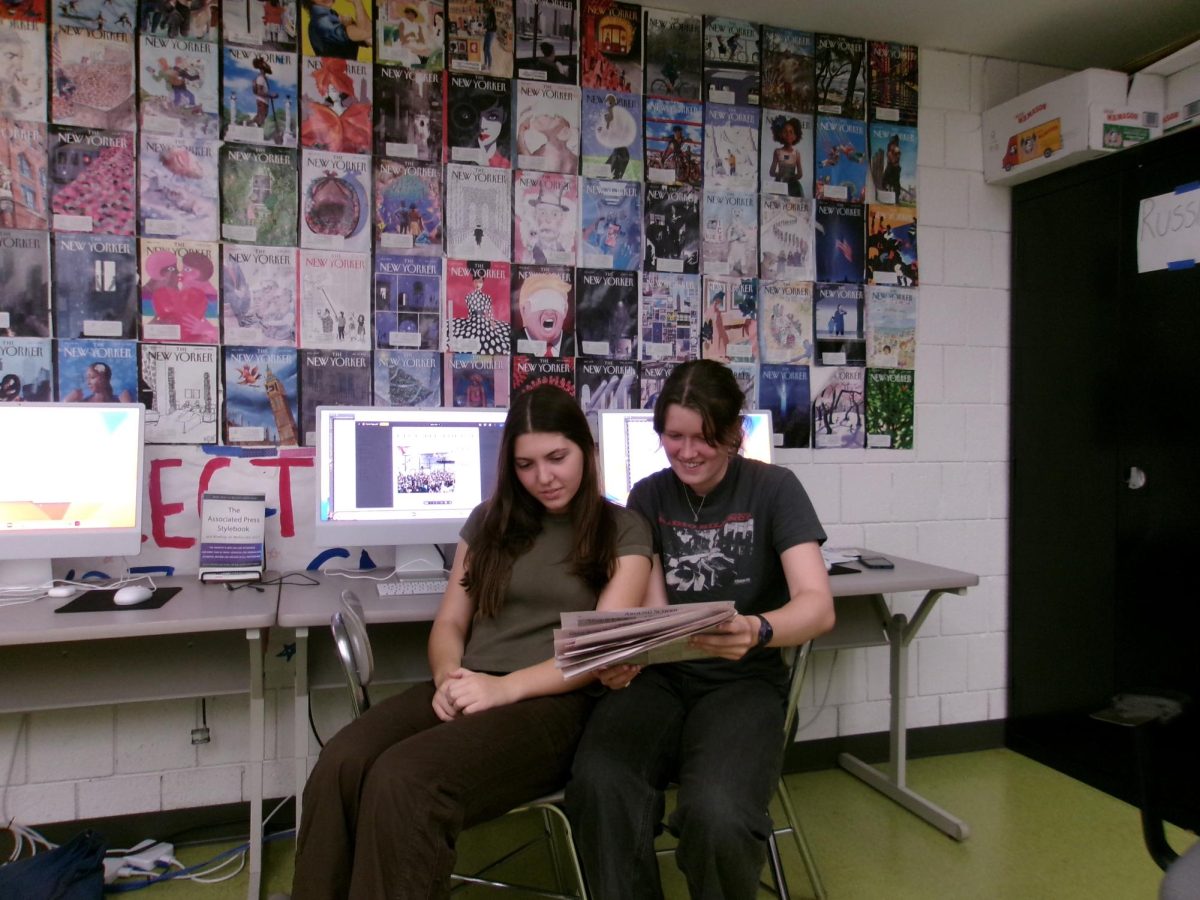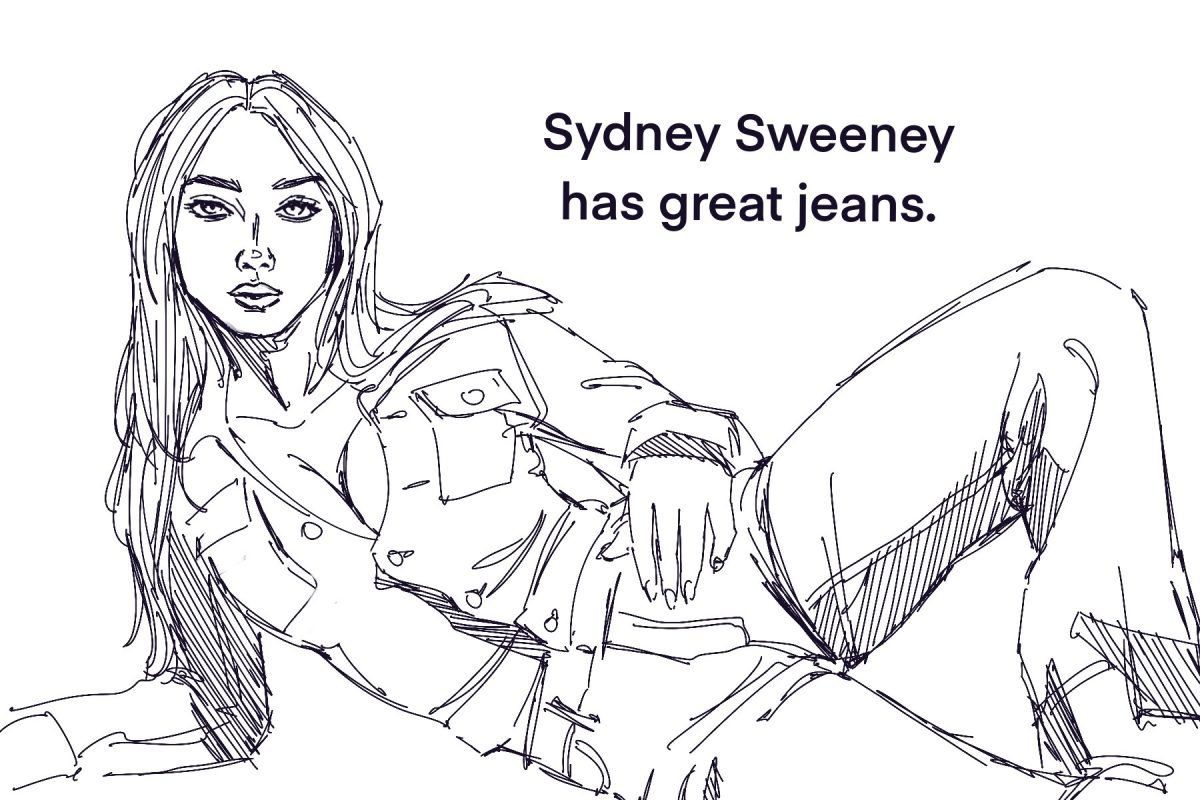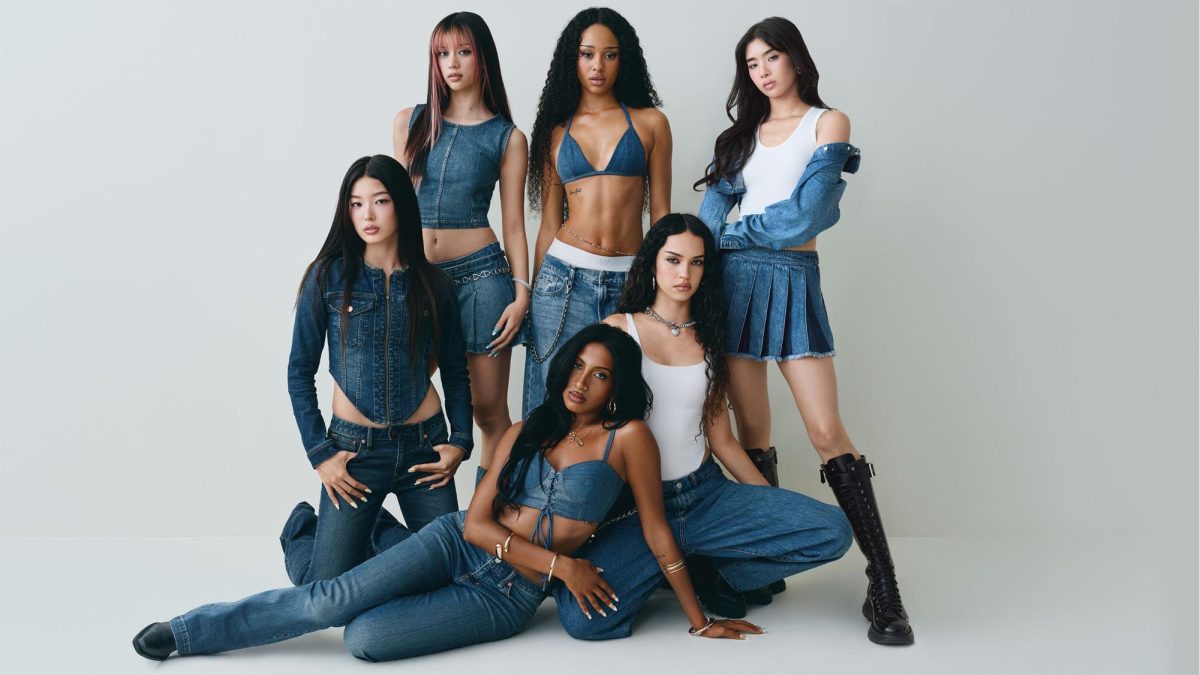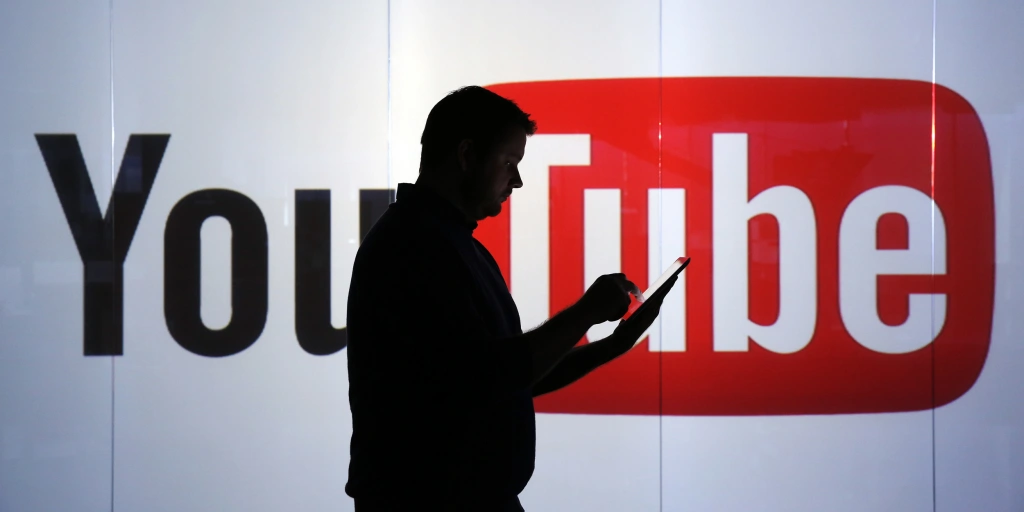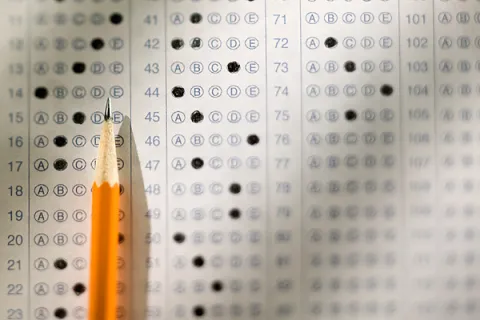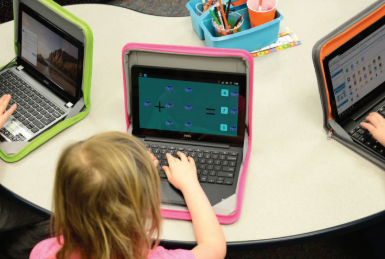
CRLS should be doing better. Despite strong test scores, high AP enrollment, and high graduation rates, the 2024 School Climate Survey placed Cambridge in the bottom quintile nationally in student well-being. Plus, the 2022 Teen Health Survey revealed that 65% of students often worry about school and nearly half experience anxiety—a rate that has doubled since 2012. These statistics point to some deep issues at CRLS, with technology being a significant factor. Whether it is Google Classroom, Peardeck, online lectures, or AP Daily videos, technology is used more now than ever. However, all of this innovation has actually been detrimental to students’ education. The overreliance on online tools has made students more stressed, broken the teacher-student connection, and brought us further away from what the true goal of education should be.
But first, some background. Educational Technology, or EdTech, is an industry now worth hundreds of billions of dollars, and CRLS is a preeminent adoptee. Students in an AP class may never receive a full lecture from their teacher; instead they watch bite-sized “AP Daily” videos. Many math teachers here have “flipped the classroom,” opting for pre-recorded video lectures supplemented by in-class problems. Even writing takes place almost entirely online now, with students typing out essays on Google Docs and turning them in on Google Classroom. The first problem with these advances is that they put much more of a burden on students. Since all their work is online, it follows them wherever they go. They can’t leave their English essay at home or their science project at school; they’re constantly plugged in, all the time. “It’s a digital frickin’ packet yo,” Eugene Lee ’25 told the Register Forum.
Although students may always be connected to their schoolwork, they aren’t connected to their teachers and fellow peers. According to the 2024 Climate Survey, only 36% of students said they felt connected to their teachers, and only 41% said they felt like they mattered to others at the school. A large factor in these low rates is the one-size-fits-all instruction that is starting to dominate classrooms. Instead of personally receiving a lesson and assignment from a teacher, students are given work “en masse” through platforms like Google and AP Classroom. Even when students do receive personal feedback, it’s often through private comments on Google Classroom or Docs. The lack of person-to-person interaction makes it so that students don’t feel seen and heard, and thus don’t feel like they matter to either their teachers or their peers. Even if it is more efficient for a student to do work online, the work will be much less meaningful to them.
Amidst all of this technological innovation, we have lost sight of what an education should truly be about. Classes at CRLS should not just be about facts and test scores, but about educating students in emotionally, philosophically, and civically productive ways. While modern EdTech advances have made the knowledge transfer process between teachers and students more efficient, they have failed on the last three counts. It’s clear that the students are the ones hurting, and CRLS must act—before it is too late.
This article also appears in our April 2025 print edition.

